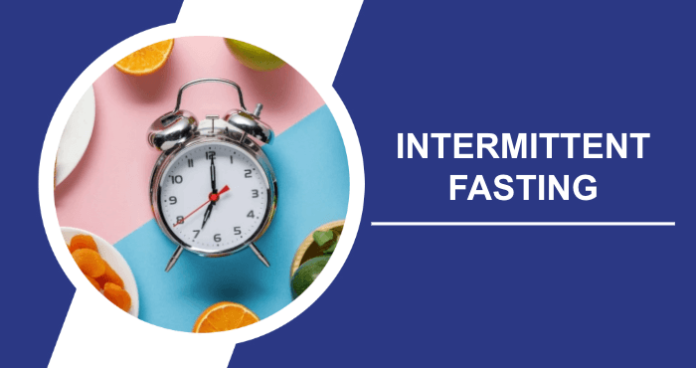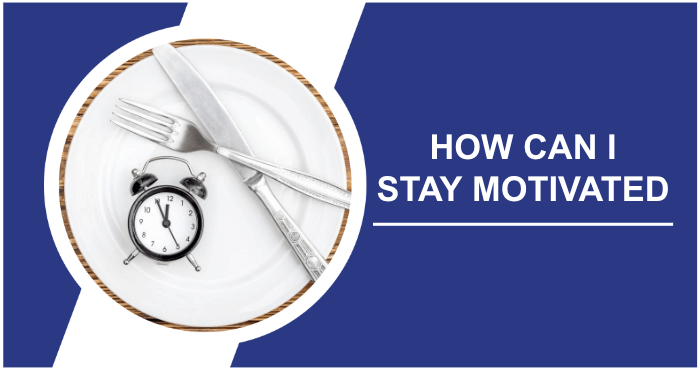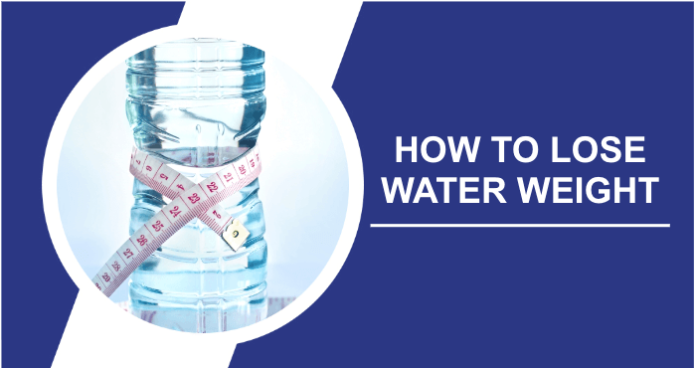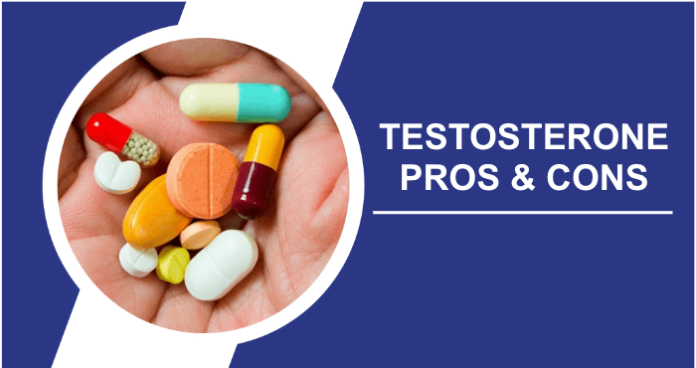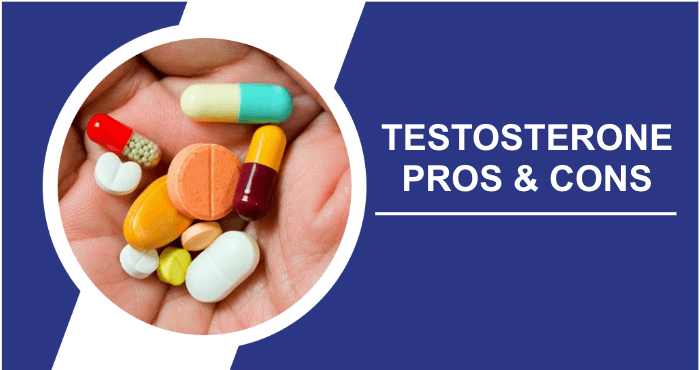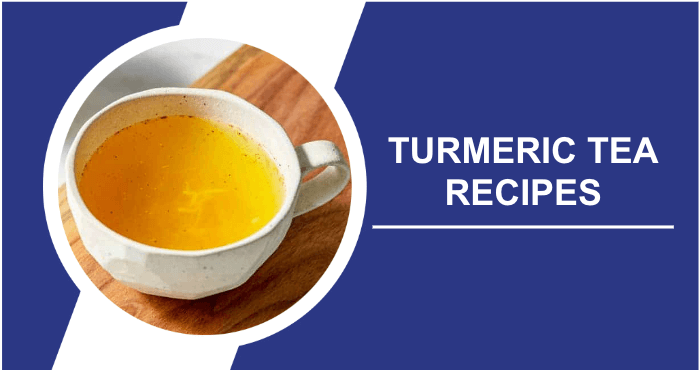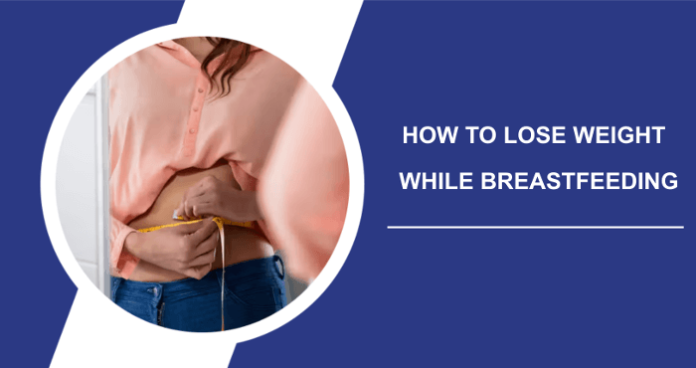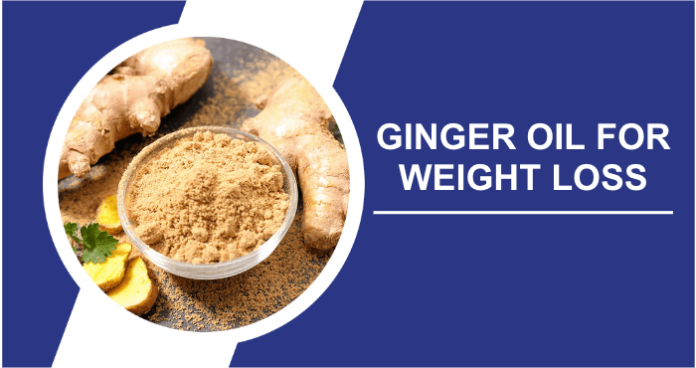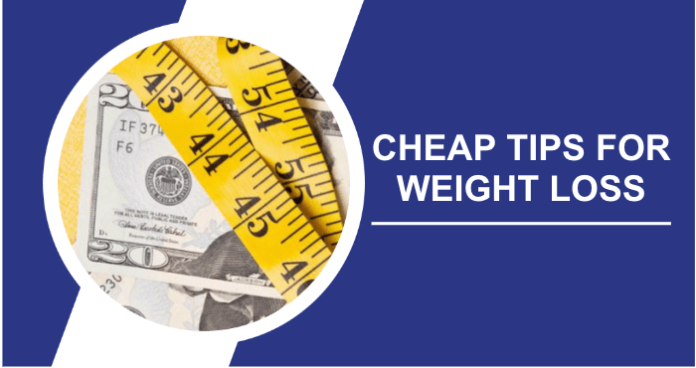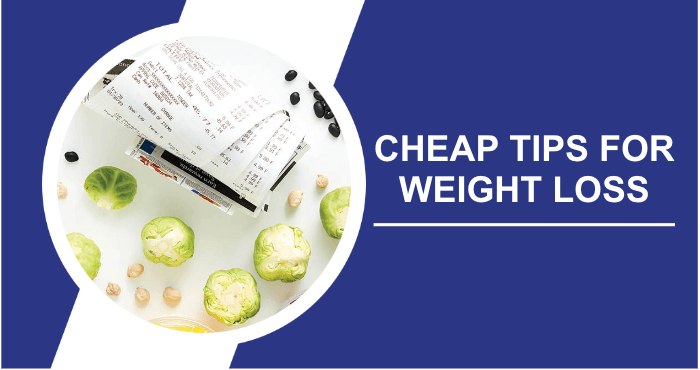In our society with the increasing prevalence of obesity and a tendency towards sedentary lifestyles engaging in physical activity plays a vital role in weight loss and overall well being. Personally I find myself caught in the grind of a 9 5 job in IT which unfortunately offers limited opportunities for physical exertion and inadvertently results, in the consumption of excess calories…
At work, the cafeteria offers a variety of food options, while the vending machines are filled with snacks and sugary drinks. For a while, I gave in to the temptation of these unhealthy choices and ended up consuming more calories than my body needed. It was only when a colleague had a stroke that I decided to have my cholesterol levels checked.
After my doctor conducted an examination it became evident that I was dealing with obesity and cholesterol levels that were higher than average, for someone my age. The doctor explained that consuming calories and not engaging in enough physical activity are the primary causes of obesity. In light of my concern I inquired whether incorporating sit ups and push ups into my routine could effectively help reduce belly fat.
Without hesitation she confirmed that they were indeed part of the solution. She also suggested that I boost my metabolism and build strength by incorporating weight training into my routine. She also mentioned that natural supplements like CBD could be beneficial for weight loss.
In this article we will take a look at the advantages of incorporating push ups into your workout routine. We’ll also discuss variations of push ups the suggested daily amount, for weight loss and even provide an estimate of the calories you can burn while doing push up exercises. Lets dive in without further delay and explore all the details.
How Can You Shed 20 Pounds by Including 100 Push Ups in Your Regimen? Start your push-up routine with 15 reps per day and gradually increase the number of reps over time. It is important to maintain form throughout your push up routine. Also consider adding incline sit-ups to diversify your workout.
However no matter how effort you put into exercising successfully reaching your weight loss objectives necessitates a disciplined approach, to your eating habits. This is why it is crucial to eliminate salty and unhealthy foods from your diet. By adhering to this strategy you can accomplish your weight loss goals without encountering difficulties.
How Can I Support the Weight Loss Process Other Than Push-ups?
When it comes to supporting your weight loss journey without relying on push-ups, the key is to find what works for you. Think about enjoying colourful meals that excite your taste buds. Load up on fruit, vegetables and whole grains. Exercise doesn’t have to feel like a chore; choose activities that you enjoy, whether it’s dancing to your music, exploring nature by walking or having fun playing football.
Don’t forget to include exercises like squats and planks in your fitness routine. It’s like giving yourself a pat on the back! Also make sure to take care of yourself by staying hydrated getting sleep and finding healthy ways to manage stress. Remember, it’s not about losing weight; it’s, about feeling amazing every step of the journey!
What Are Good Exercises to Lose Weight Besides Push-ups?
If you’re trying to lose weight and aren’t particularly keen on push-ups, there’s a range of exercises you can try. Try high-energy options like jogging or cycling, which will help burn calories and get your heart pumping. Dancing is another way to shed those pounds, whether in the comfort of your own living room or by joining a dance class.
Swimming is a way to get a full body workout without putting too much strain on your joints. To spice up your routine you might want to try adding some strength training exercises like squats, lunges or even yoga. The important thing is to find activities that make you happy while getting your heart rate up. That’s the ingredient, for successful weight loss!
How Many Push-ups Should I Do Each Day to Lose Weight?
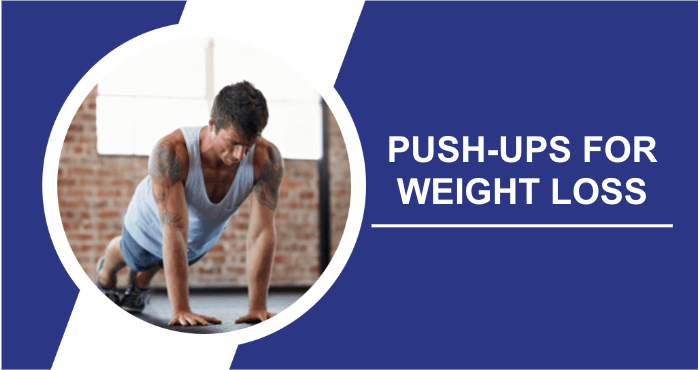
Now that you understand the technique and recommended number of reps, it’s important to determine the optimal number of pushups per day for your weight loss goals. The truth is, there’s no hard and fast rule. Some people will exceed their limit, while others will not. Getting good at push-ups takes practice. Aiming for an average of 50 to 100 pushups is a reasonable goal.
Are Push-ups an Effective Exercise for Weight Loss?
Push ups are well known for their effectiveness in improving strength and building muscle mass. These exercises engage muscle groups in the upper body simultaneously making them highly efficient. Whats great is that push ups can be done without any equipment and conveniently, at home since they are bodyweight exercises.
They use the body itself as resistance, helping to lose weight by targeting the chest, triceps, shoulders and core muscles, while promoting muscle development. There are two ways to approach push-ups: higher intensity variations and lower intensity variations. When I first started I chose the lower intensity version. Gradually I worked my way up to the higher intensity.
Once you have mastered the form it is vital to push yourself and take on new challenges. This is crucial for achieving results, in strength training. If you are a beginner it is advisable to begin with push ups of intensity while ensuring that your form remains correct. Maintaining posture throughout your workout is essential as it can prevent discomfort and ensure that you maximize the effectiveness of your exercises.
My Journey of Losing 20 Pounds by Doing 100 Push-ups Daily
The success of this endeavour depends on your weight loss goals. My main goal was to increase my strength. This approach worked well for me. I incorporated push-ups into my fitness routine as a strength-building exercise. Initially, I did sets of 4-6 repetitions of 15 pushups each, which is ideal for beginners. However, I have to admit that doing knee touch push ups was quite challenging at first. Believe me when I say that starting with push ups can be quite challenging, especially if weight loss is your goal.
In the process of enhancing my push up strength I began incorporating knee touch push ups. These modified push ups involve touching the floor with both knees and hands. As I found this initial position quite manageable and could comfortably complete 6 repetitions I understood that it was time to step up my game. Consequently I advanced to performing incline push ups by placing my hands on a surface, like a bench or step.
Over the course of a month, I gradually increased my capacity and managed to do 15 pushups for 3 sets. I noticed improvements not only in my posture but also in the number of reps I could do. I then moved on to doing seated push ups as a variation. For this exercise, you sit on a bench. Use your arms to lift your body while remaining seated, aiming for your hips and buttocks to be about half an inch above the bench.
I. Worked hard to do 15 sets of this exercise making sure to do as many push ups as possible in each set. I followed this routine with these three versions for a continuous period of 4 weeks. At the time I remained determined to improve my push up technique knowing that I was very close, to mastering it in the near future.
Increasing The Challenge
To spice up my fitness routine, I decided to incorporate circuit training into my push-up programme. This circuit consisted of a variety of bodyweight exercises designed to promote weight loss. Some of the exercises I added to my routine were mountain jacks, mountain climbers, plank work, lunges, squats and even dancing. You might be curious as to why I added dancing to the mix, so let me explain.
Dancing may not be the enjoyable way to lose weight but it does have a significant impact, on burning calories. When aiming for weight loss it is crucial to reduce the consumption of sugary, salty and fatty foods. Instead focus on maintaining a diet that includes protein rich foods to help build muscle mass. It is generally recommended to consume around 0.36 grams of protein per pound of body weight on a basis.
Towards the end of the month I was pleasantly surprised at how my strength and endurance had improved. This new-found strength motivated me to incorporate push-ups into my workout routine. However, I have to admit that they still proved quite challenging on days when I was feeling low.
There were times when I didn’t feel motivated enough to go to the gym. During those moments I would do push ups using knee pads. Try out seated and inclined variations. It’s worth mentioning that on those days when I lacked motivation I still pushed myself to do what I could even if it meant doing fewer repetitions. The important lesson I’ve learned from this experience is that consistency is crucial.
What is the Correct Way to do a Push-up Exercise?
By the end of the six weeks, I had reached the milestone of doing 100 push-ups and had mastered the correct technique for doing them. Correct form is absolutely essential when performing push ups. Let me show you how to do a push-up:
- To start, make sure your feet, legs and hips are in a straight line, creating a perfect alignment for your entire body. Keep your eyes looking down.Engage your shoulders. Engage your abs while simultaneously contracting your core, glutes and leg muscles to maintain that straight line from head to heels. Avoid any slackness or looseness in these areas.
- As you lower yourself towards the floor, try to get as close to the floor as possible without touching it. Always remember that no matter what type of push-up you are attempting, it is important to perform them with proper form. Incorrect technique can undermine all your efforts. This can lead to lower back discomfort.
Performing 100 push-ups daily is an ambitious goal!
Please keep in mind that performing than 30 push ups might not effectively stimulate muscle growth or provide significant assistance, in your weight loss efforts.
Are Push-ups Effective for Burning Body Fat or Building Muscle?
Push ups are commonly known as an exercise that helps with building strength and developing muscles. They can also play a role in aiding loss although its important to consider how they align with your fitness objectives. While push ups may not be the efficient method, for burning fat since they don’t usually elevate heart rate significantly they do offer notable cardiovascular advantages.
As mentioned earlier push ups are highly effective, in building muscle and having an amount of muscle can aid in weight loss. This is because muscle tissue has a higher resting metabolic rate than fat tissue. Therefore, if you have muscle mass, you will naturally burn more calories at rest.
This scientific explanation details how incorporating push ups into your fitness routine can contribute to your weight loss efforts. Push ups are effective in building muscle, which in turn increases your metabolism. The number of calories burned during a workout depends on factors but research indicates that on average you can expect to burn at least 7 calories, per minute. Additionally the repetitions you perform during any given workout the greater the number of calories you will burn.
Who should avoid push-ups to lose weight?
Although push-ups are great for strengthening the body, they may not be suitable for everyone trying to lose weight. If you have any physical limitations or injuries, such as problems with your wrists or shoulders, it’s a good idea to avoid push-ups or modify them to avoid further discomfort.
Moreover if you are new to your fitness journey and find push ups to be too difficult it is advisable to attempt exercises that’re easier and less daunting. It is essential to remember that there is no approach, for weight loss so it is crucial to pay attention to your bodys signals and select exercises that align with your individual circumstances and goals.
Can Push-ups Have Adverse Side Effects?
While push-ups can be a great strength-building exercise, it’s important to be aware of the potential risks of doing them incorrectly or excessively. If you don’t maintain your form when doing push-ups, you could strain your wrists and shoulders or even develop lower back pain. Starting slowly and concentrating on form is essential to avoid injury.
If you experience any discomfort or pain during push ups it’s advisable to take a break or consult a professional for guidance. Additionally if you have a existing medical condition like a shoulder injury or wrist issue it’s wise to explore alternative exercises that won’t worsen the situation. Like, with any workout routine it’s important to practice moderation and use proper form.
Frequently Asked Questions
How push-ups should I aim to do every day in order to see noticeable results?
The number of pushups required to see results varies from person to person. It is recommended that you set a challenging but achievable target to ensure that proper form is maintained. As you progress, gradually increase the number of push-ups performed to improve.
Is it possible to rely only on push-ups for weight loss?
While push ups are great for building muscle and can help with weight loss they may not be enough on their own to achieve weight loss. Generally incorporating push ups into an exercise routine along, with a healthy diet is more likely to yield better results.
Can doing push-ups specifically target belly fat?
Push-ups are effective in increasing overall muscle mass, which can lead to increased calorie burning even at rest. While doing push-ups can contribute to fat loss, it is important to note that targeted fat reduction in specific areas, such as the abdomen, is generally not possible with push-ups alone.
How crucial is it to maintain proper form while performing push-ups?
It’s crucial to maintain the form while doing push ups to avoid getting injured and to make the exercise more effective. By ensuring that your posture and technique are correct you’ll be able to reap all the benefits without putting stress on your body. Remember to keep your body aligned from head to heels engage your core muscles and perform each movement with control and consistency.
Are there any dangers or potential issues that could arise from doing push-ups?
Yes, performing push-ups with technique can lead to various risks such as strain or injury to the wrists, shoulders or lower back. It is important to learn and maintain form to minimise these potential risks.
Conclusion
To sum it up push ups can be a fulfilling exercise that demands effort for the best outcomes. Who wouldn’t feel proud to flaunt their toned body on social media? It’s certainly worth embarking on this fitness journey. If you’re aiming for weight loss it’s advisable to combine your workout regimen with an nourishing diet.
Circuit training has also helped me to get the correct posture for doing push-ups. Finally, it’s important to remember that both your mind and body need rest. To effectively promote muscle growth, it’s important to find the right balance between exercise and rest. Muscles develop best when provided with the necessary combination of exercise and adequate rest.
Resources
- Yang, J., Christophi, C.A., Farioli, A., Baur, D.M., Moffatt, S., Zollinger, T.W. and Kales, S.N. (2019). “Association Between Push-up Exercise Capacity and Future Cardiovascular Events Among Active Adult Men.” JAMA Network Open, 2(2), p.e188341. Link.
- CDC (2003). “General Physical Activities Defined by Level of Intensity.” Link.


